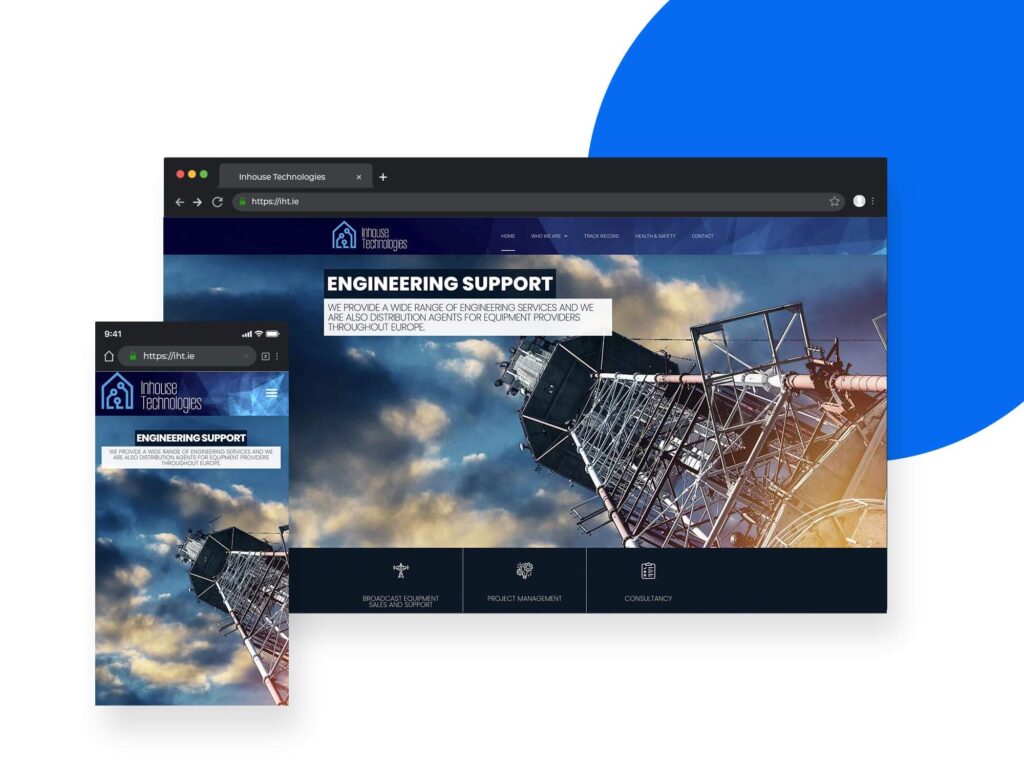In the rapidly evolving digital landscape, having a visually appealing website is just one piece of the puzzle. To truly succeed online, your website must also be optimized for search engines. Crafting SEO-friendly websites is not just about pleasing algorithms; it’s about ensuring your online presence is discoverable, user-friendly, and capable of driving organic traffic. In this comprehensive guide, we will delve into effective web design strategies that can elevate your site’s SEO performance.
Understanding the Foundations: SEO and Web Design
Before diving into the nitty-gritty of web design strategies, let’s establish a solid understanding of the relationship between SEO and web design. Search Engine Optimization (SEO) is the practice of enhancing a website’s visibility on search engines like Google. On the other hand, web design encompasses the visual and functional elements of a website. The intersection of these two crucial elements is where the magic happens.

Keyword Research: The Cornerstone of SEO-Friendly Web Design – Effective Web Design
Choosing the Right Keywords for Your Web Design
Begin your SEO journey by conducting thorough keyword research. Identify phrases and terms that potential visitors are likely to use when searching for content related to your business or services. These keywords should seamlessly integrate into your web design, appearing naturally in your content, headings, and meta tags.
User-Centric Design: Balancing Aesthetics with Functionality
Creating an Engaging User Experience
While search engines are essential, your website is ultimately designed for human users. User-centric design focuses on creating an engaging and seamless experience for visitors. A well-structured, easy-to-navigate website not only satisfies users but also contributes positively to your SEO efforts.
Mobile-First Approach: A Game-Changer for SEO and User Engagement
In an era where mobile devices dominate online access, adopting a mobile-first approach is non-negotiable. Google prioritizes mobile-friendly websites, and responsive design not only boosts SEO but also enhances user satisfaction. Ensure that your website looks and functions seamlessly across various devices.
Content is King: Integrating SEO Best Practices – SEO-Friendly Websites
Strategic Content Placement and Formatting
Compelling content is the heartbeat of any successful website. From a web design perspective, strategically placing your primary keywords in headers, titles, and meta descriptions can significantly impact search engine rankings. Pay attention to content formatting, using bullet points and subheadings to enhance readability and SEO performance.
Site Speed: The Need for Speed in SEO
Optimizing Performance for Faster Loading Times
Site speed is a critical factor in both user experience and SEO. Users expect fast-loading pages, and search engines favor websites that deliver. Compress images, leverage browser caching, and minimize HTTP requests to ensure your website loads swiftly across various devices.
Link Building: Navigating the SEO Landscape
Strategic Internal and External Linking
Incorporate a robust link-building strategy into your web design. Internal links guide users through your site, while external links to reputable sources can enhance your website’s credibility in the eyes of search engines. Strike a balance and avoid overloading your pages with links, as this can have adverse effects on SEO.
SEO-Friendly Images: Enhancing Visual Appeal Responsibly
Optimizing Images for Search Engines
Images are powerful visual elements that contribute to a website’s appeal. However, they also play a role in SEO. Optimize images by using descriptive file names and alt text. This not only improves accessibility for users with disabilities but also provides search engines with valuable context.
Analytics and Monitoring: Adapting for Ongoing Success
Utilizing Data for Continuous Improvement
The digital landscape is dynamic, and your web design strategy should be adaptable. Implement analytics tools like Google Analytics to monitor user behavior, track keyword performance, and identify areas for improvement. Regularly analyze this data and adjust your web design strategies accordingly.
SEO-Friendly Websites – Effective Web Design
Conclusion: The Ever-Evolving Journey of SEO-Friendly Web Design
Crafting SEO-friendly websites is a continuous journey rather than a destination. By integrating effective web design strategies, staying informed about SEO best practices, and adapting to industry changes, your website can become a powerful force in the online realm. Elevate your online presence, engage your audience, and watch as your SEO efforts translate into sustained success.




